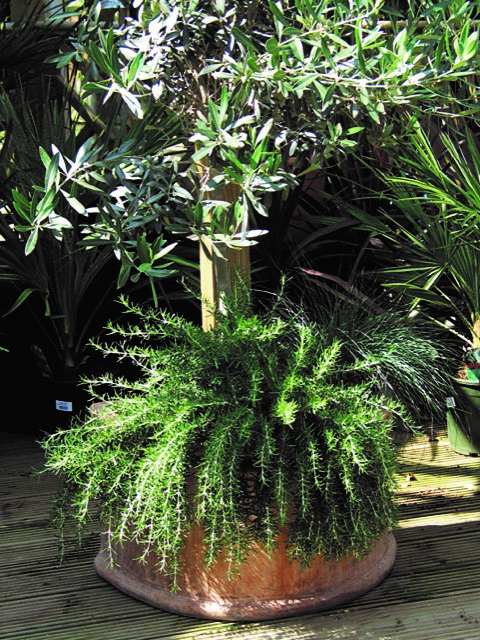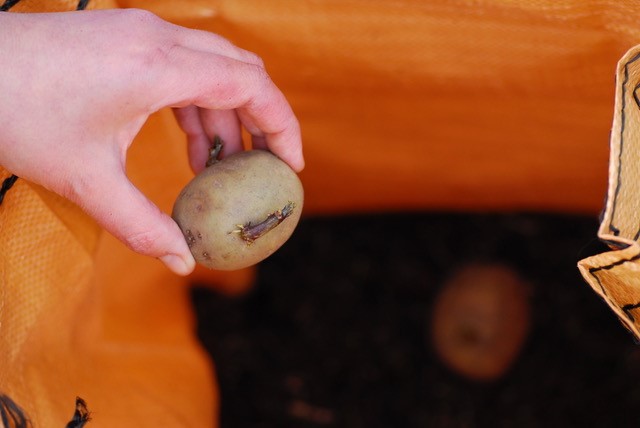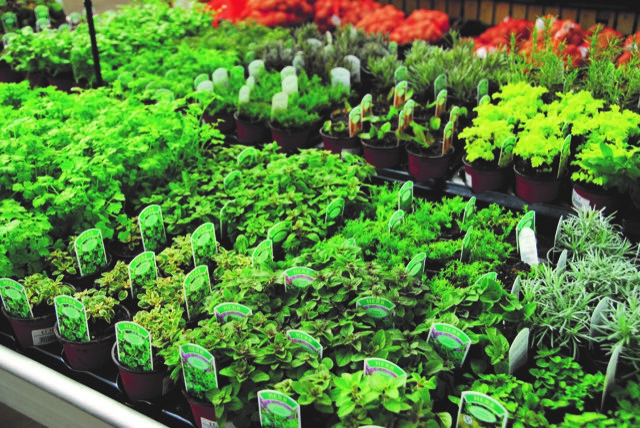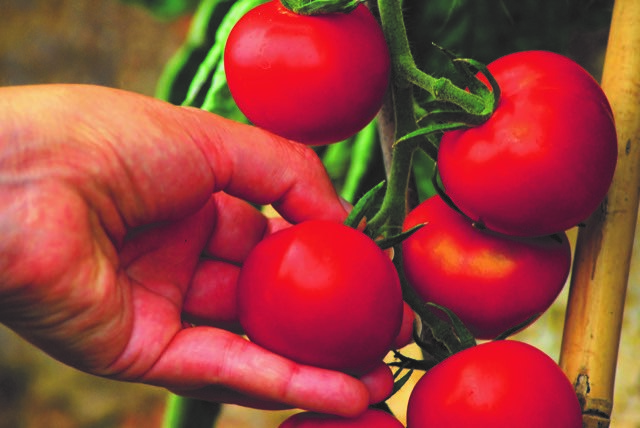
You don’t need an allotment or a veg patch to grow your own food. You can grow a variety of crops in pots and containers either on the patio or inside a greenhouse.
There’s a huge question mark over the long term availability of fresh produce after Brexit and the one thing we can all do is grow a few things to eat. Don’t be daunted, even if you are new to growing plants, there are some really easy to grow crops that can be grown in large planters and will produce fresh veg for your menus.
A greenhouse does help, but it is not essential. A greenhouse allows you to sow and grow much earlier that you might without one and gains a few weeks for every crop bringing you an earlier harvest and allowing you to crop for longer if you make successional sowings. So with a greenhouse you can take advantage of the protected growing environment and you can start sowing earlier and reap the benefits.
But if you don’t have a greenhouse you can buy ready grown plants from garden centres or mail order that have done the hard work for you and produced ready to plant veg plants allowing you catch up with your greenhouse owning friends.
If you are starting out then choose one or two things that you LOVE to eat and that you can give your full attention to. Growing plants in pots does mean that you need to pander to their every whim. So when it’s dry or hot the pots will need watering and you need to remember that heavy feeders will need additional food. But the beauty of pots is that you can move them around, take them with you if you move and vary what you grow to suit your needs and situation.
Top of the crops

Potatoes are one of the easiest veg to grow, and they work well in pots. You can buy special potato planters, or just use a large container with good drainage, or a grow bag stood on its end to provide extra root space. Potatoes form under ground and need plenty of root space to grow, so a big pot or planter is essential. You will need some seed potatoes to get started; a small pack will be enough for 3-4 planters. Choose an early variety so you get new potatoes when they are expensive in the shops and a nice early crop, then you can use the planters to grow something else later in the season.
Beans are one of my favourite veg to grow and they are ideal for containers. If you like French beans, the pencil thin pods, then grow them in a window box or a grow bag. If you want runner beans then you need a large deep planter, big enough for a wigwam of supporting canes and then you can train the plants to weave into the wigwam. Runner beans are attractive and productive. Sow them early in April under cover and make a final sowing in June so that you have an early and late crop that overlap.

Salads are a no brainer when it comes to grow your own. If you buy salad bags in the supermarkets you are wasting your money. You can grow several crops of salad leaves from one or two packets of seeds and harvest from each one several times. Imagine picking your own salad fresh from the garden instead of reaching for a wilting bag of leaves that is days old in the fridge. Don’t expect perfect balls of butter head or iceberg lettuces, and be prepared to harvest your salad leaf by leaf. Don’t skimp on the growing media, sow thinly into fresh, quality multi-purpose compost. You can start to pick the leaves as soon as they are big enough to handle.
If you haven’t got a garden you could grow a chilli plant or two in your kitchen. Why not buy one plant from the garden centre and treat it as a houseplant with benefits? You can harvest the chillis green or let them ripen to rich red. Choose a variety according to your heat tolerance and normal usage. If you eat loads, then two or three plants are ideal, they don’t grow huge and will add greenery and colour to your indoor décor.

Herbs are the perfect place to start when it comes to growing your own fresh ingredients. If you are starting out then buy some herb plants from the garden centre and plant them into containers. Some of them like sage and rosemary can and will grow quite large and will need plenty space to grow. When they get too big plant them in the garden. Herbs such as coriander, basic and parsley can be grown from seed. Mint is a great herb to grow in pots, give it space to develop and make mint tea from the leaves.

Tomatoes are the one plant that most gardeners want to grow. They are fairly high maintenance but they are worth the effort. A greenhouse is useful but not essential. Choose bush tomatoes for more compact plants that need less staking and pinching out. Don’t grow loads unless you’ve got the time, space and energy.
If you love cucumbers and buy them regularly they are a great plant to grow. Grow from seed for best value or buy a plant from the garden centre. Plant in deep pots and planters and train up supports. Most are best grown in a greenhouse. If you’ve got room have three plants and stagger sowing, so that you get plants cropping from June into late summer.
Courgettes are a great crop for large planters if you use them a lot in your cooking. Two or three plants will keep courgettes on the menu for weeks, but if you know a veg grower that grows them you might be able to share in the usual courgette glut. Nevertheless they are easy to grow from seed, relatively pest free and produce flowers and fruits in abundance.










